2017 CES: Autoliv Showcases Safety Tech

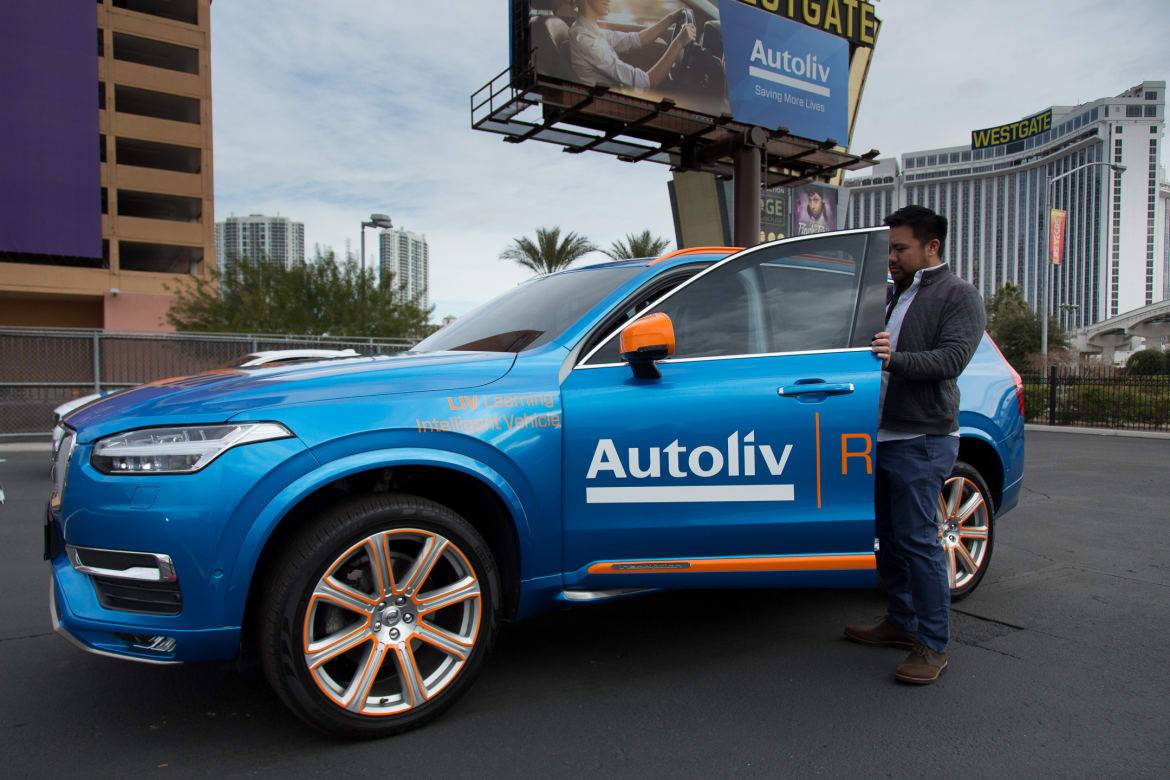
CARS.COM — At the 2017 Consumer Electronics Show in Las Vegas, Swedish auto safety manufacturer Autoliv showcased its latest safety technology innovations. Some have the potential to make it into many cars in the very near future, while several may take a few more years before they land. We tried three technologies on a CES test track.
Related: More CES Coverage
You may not have heard of Autoliv (a combination of the words “auto” and “life” in Swedish), but it’s much more likely than not that you’ve used one of its products. The company produces automotive safety equipment ranging from seat belts to airbags, steering wheels and active safety sensors. Its safety products can be found in cars from around the globe — including most of the major auto manufacturers, with GM, Ford and Renault-Nissan making up the largest portion of sales. In addition to producing auto safety equipment, Autoliv also develops sensor technology and driving aids.
Here’s what we saw in Vegas:
zForce Steering Wheel
Much of the innovation regarding safer touchscreens and controls has revolved around center stacks and the dashboard. But an even safer solution is to use the steering wheel itself as a way to control car functions. Of course, many functions can be controlled this way today; Autoliv just takes the approach to a new level.
The zForce steering wheel uses an infrared light system that detects when those lights are being covered up. Since interactions are not capacitive, or a touchscreen-based system, that means it can be worked even when the driver is wearing gloves — a welcome touch from a Swedish company.
How does it work? For example, if you receive a call when driving, instead of looking to the screen to accept or deny it, you can simply move your hand along the wheel.
On the inside of this wheel, instead of mechanical switches, there are two small touchscreens. These operate screens in the instrument panel that mirror many of the controls found in the center stack. Having the touchscreens located on the wheel keeps the driver’s hands and eyes forward.
The steering wheel is ready for production and two automakers have already signed on to use the technology in their cars (though Autoliv wouldn’t specify which ones); the touchscreens are still in development.
Vehicle x Vehicle Communication
The second demonstration was designed to showcase Autoliv’s vehicle-to-vehicle communication system and how it can be used to help drivers avoid accidents.
The demonstration involved three tightly bunched vehicles, and the front car was forced to make an emergency stop; the other two were then forced to stop to avoid hitting the first car. Both the front car and our vehicle at the back of the line had V2V communication — once the first car hit the brakes, red LED indicators illuminated in our cabin and an audio warning kicked in to help us stop in time. The second car, which didn’t have this tech, ended up overlapping the first car. That would have been an accident.
Autoliv engineers also said that vehicles equipped with their V2V communication equipment will be able to communicate with other vehicles that have the technology, even if it’s from different companies or manufacturers. Autoliv, along with other manufacturers, are working with the U.S. government to come up with standards, enabling all equipped vehicles to communicate effectively.
Meet LIV
“Learning Intelligent Vehicle” was the most futuristic technology that Autoliv showcased. The company equipped a Volvo XC90 with extra safety sensors outside, and a system of cameras inside, used to detect and keep track of the driver. After entering the LIV, the center screen indicates that a new driver has been detected and adjusts the seat to a new position.
While driving, the cameras keep track of where you’re looking. During the demo, when pulling up to a stop sign, I looked left to check for oncoming traffic and the cameras caught that, then the car’s sensors checked traffic to the right and a robotic voice called out “clear on the right” to let me know that side was clear. Not trusting it, I turned my head to the right and the voice responded, “clear on the left.” Clever.
LIV also keeps an eye out for driver behavior that it deems unsafe. The demo included the zForce touch wheel, and at one point, I was asked to take a hand off the wheel. The car then politely asked me to please keep both hands on the steering wheel.
There was a point during my drive that I looked down at the center stack, and the XC90 automatically applied the brakes. This is a setting that can be turned off by the driver, but it shows the power of the system, one that could potentially be used by parents who want to remind young drivers to stay focused on the road.
This technology won’t be offered as quickly as the other two systems, but it was interesting to see in action. Similar systems were introduced in other vehicles shown at CES this year, including in the Chrysler Portal concept vehicle and the Faraday Future FF 91, but sitting in a vehicle and experiencing it while driving with it is powerful.
To learn more about LIV and see how its systems work together, click here.
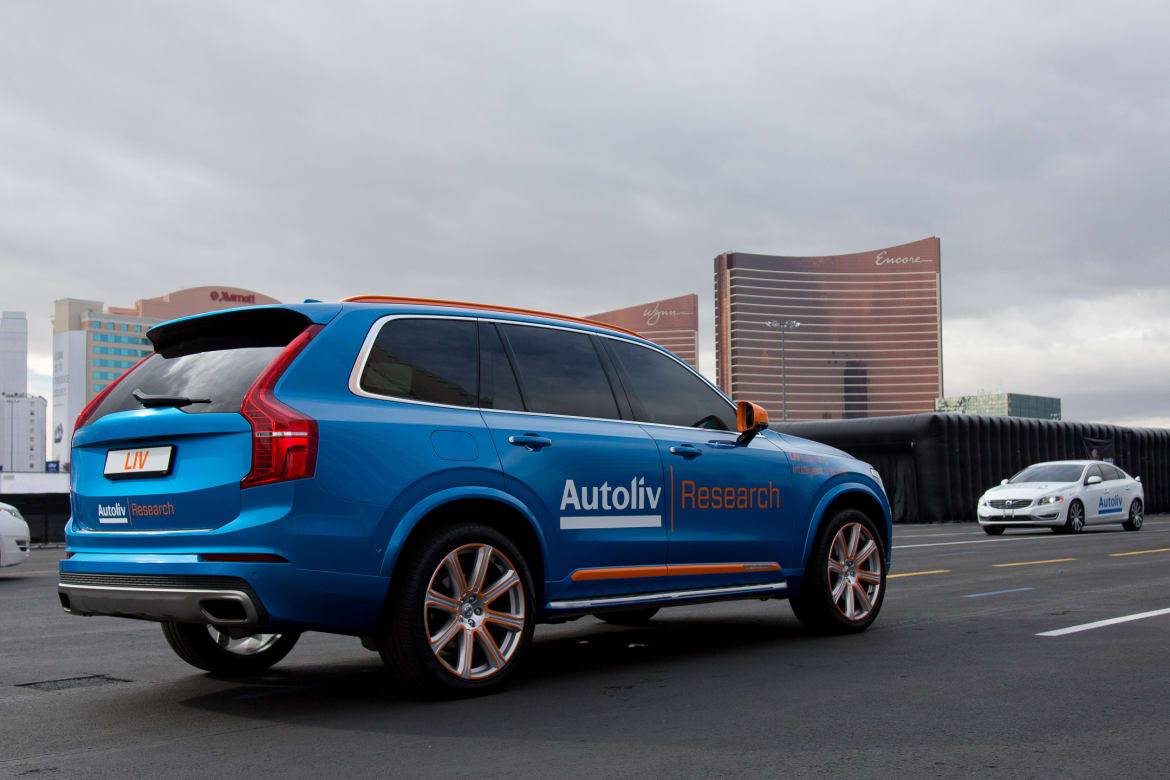
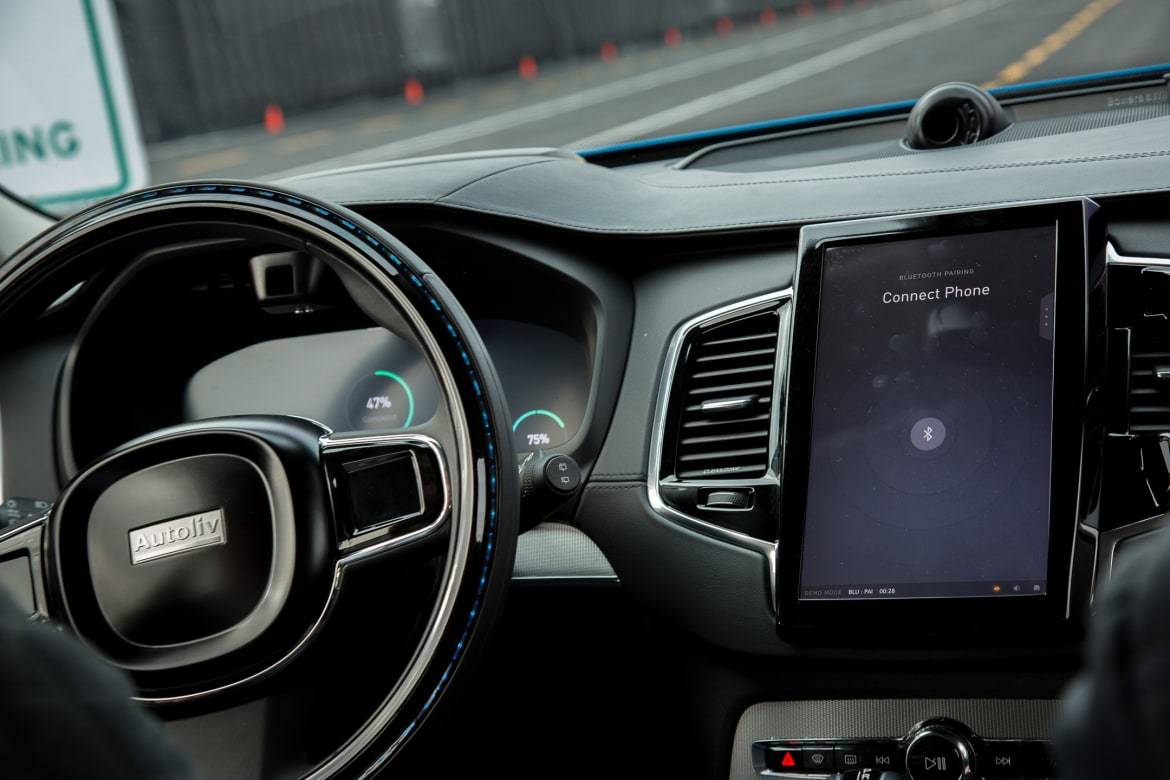

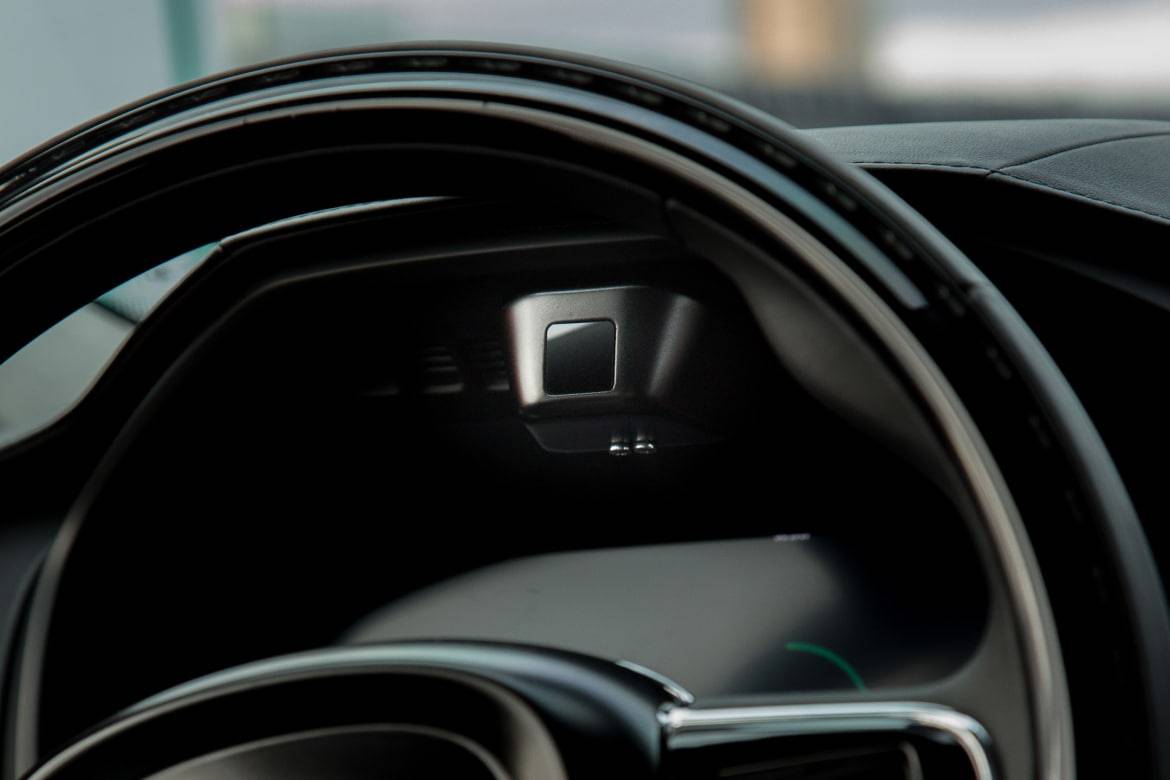
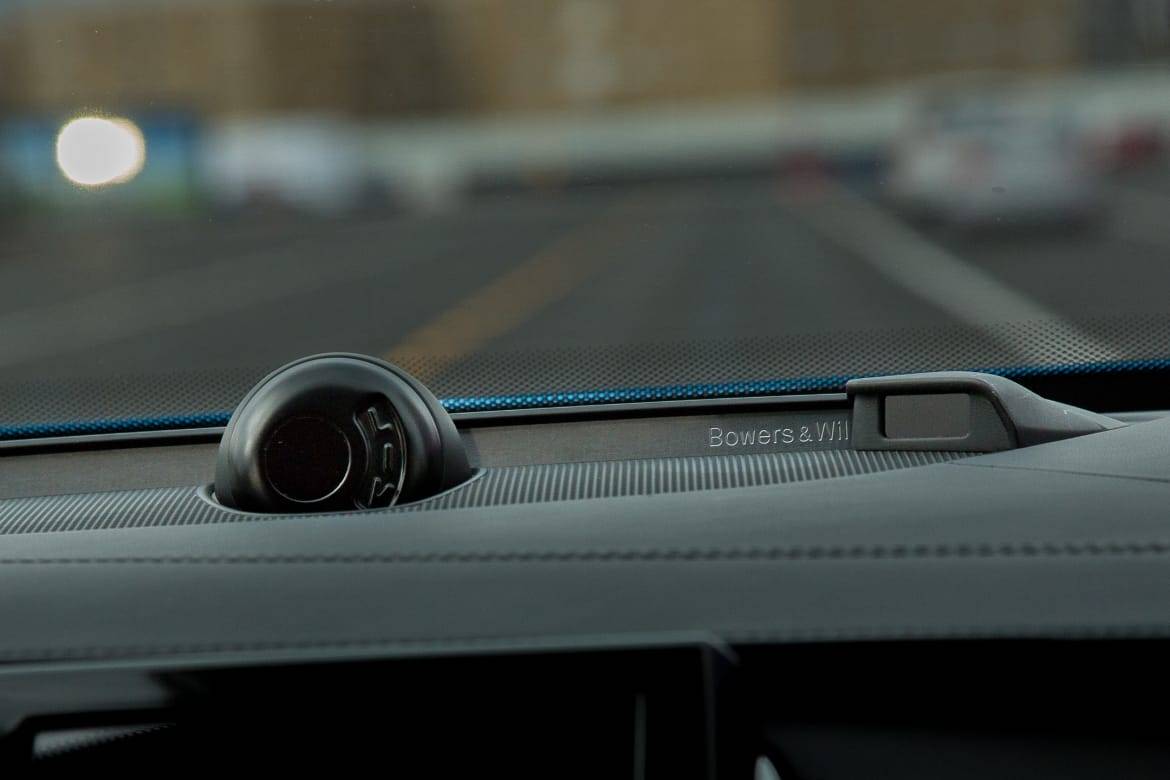

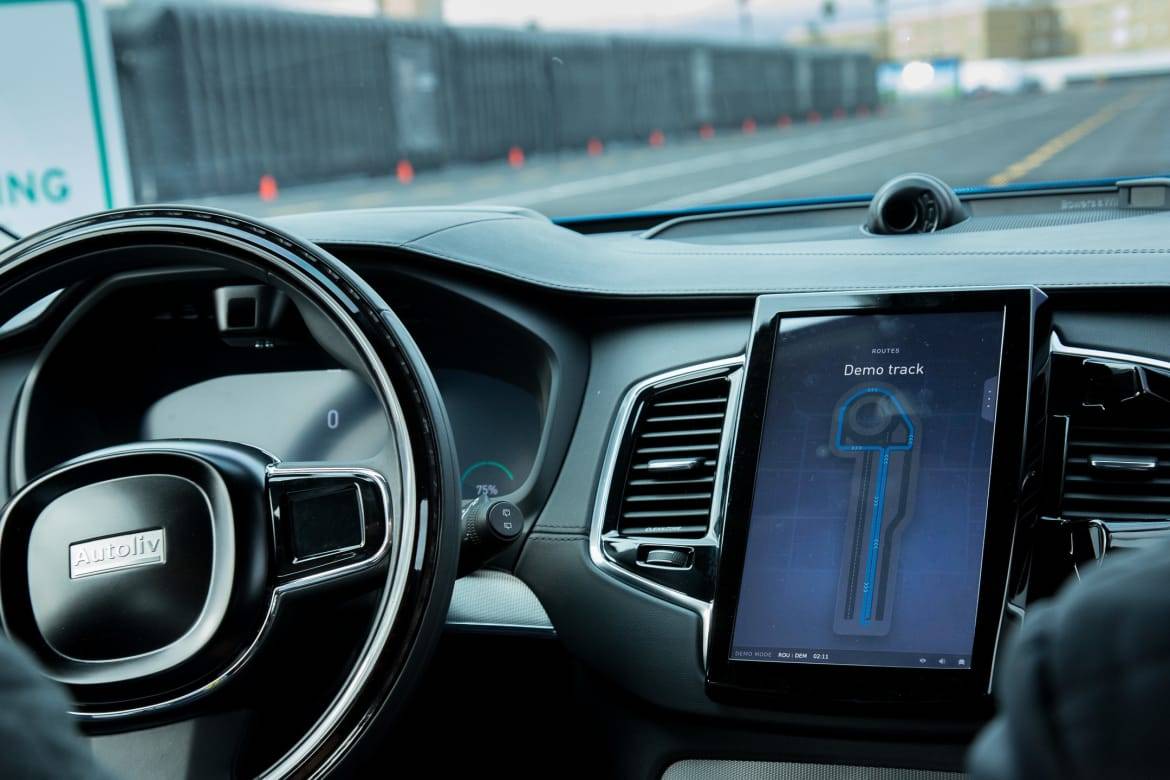
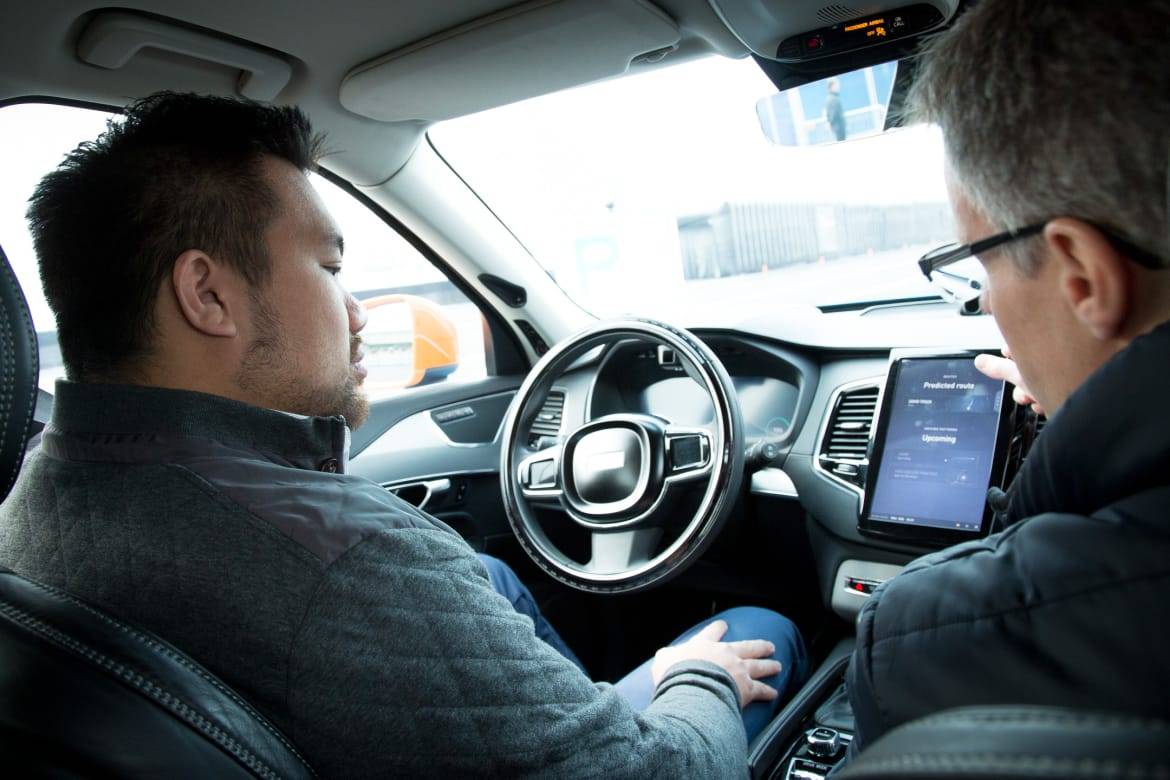
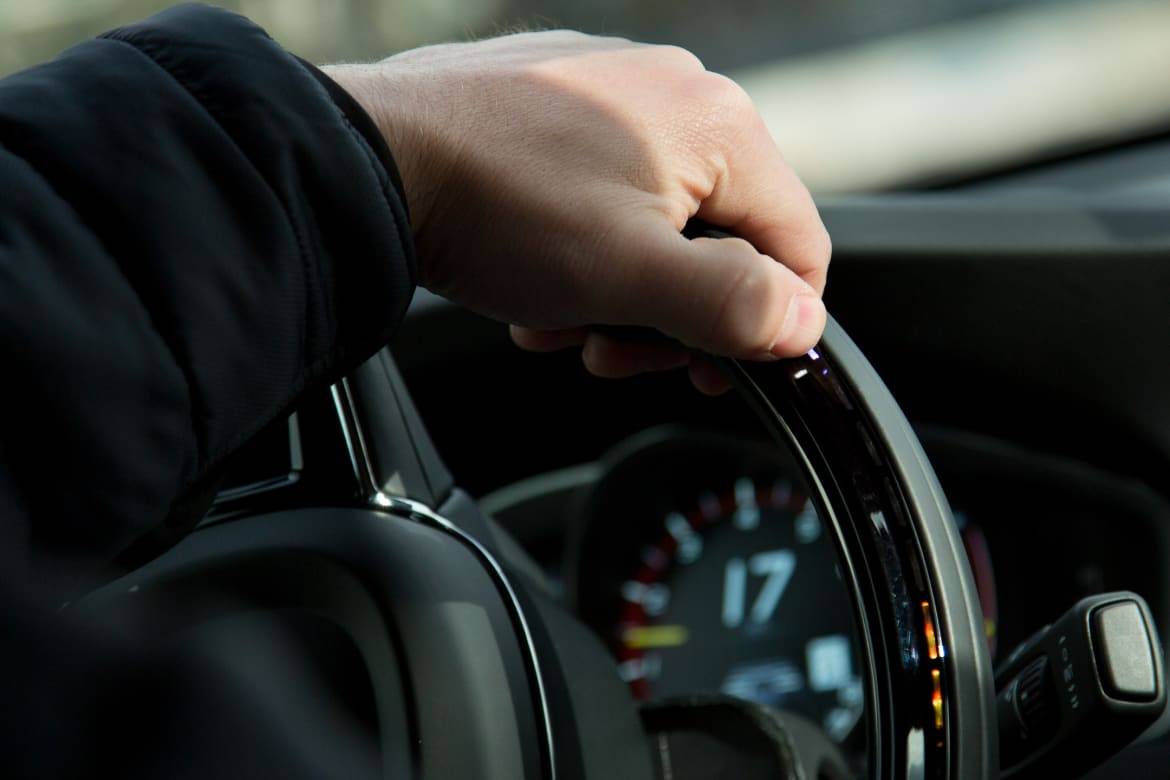
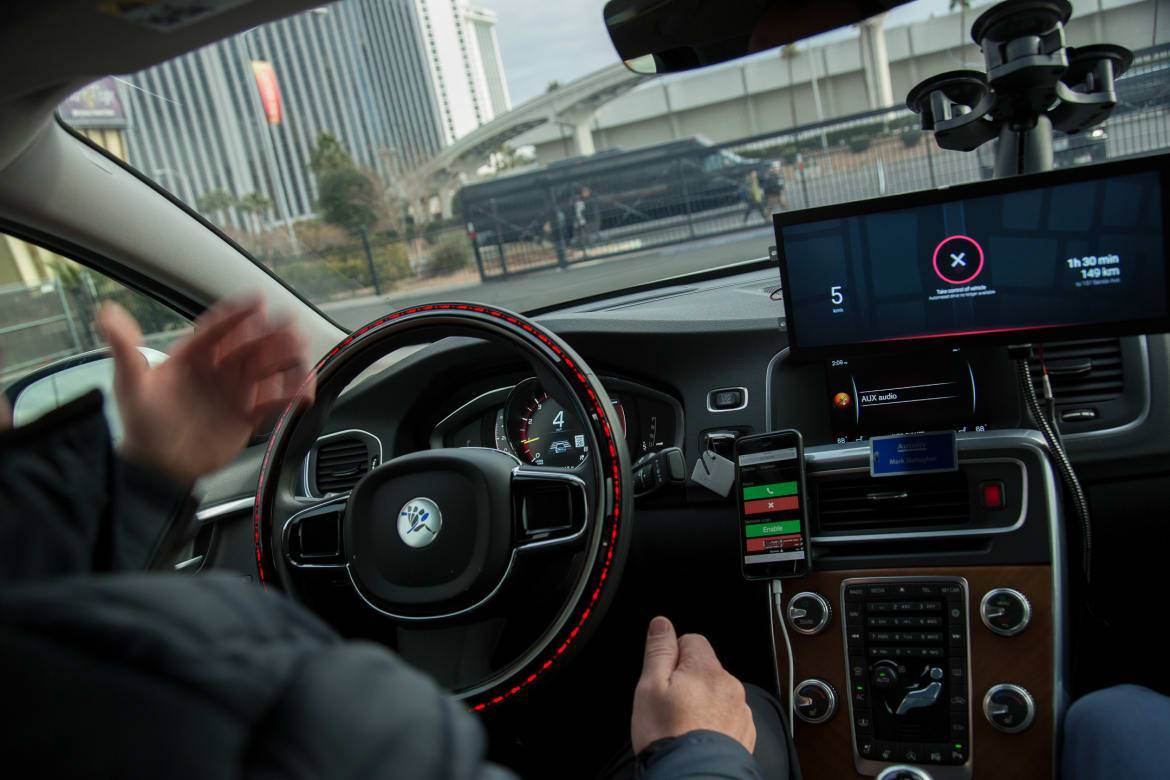
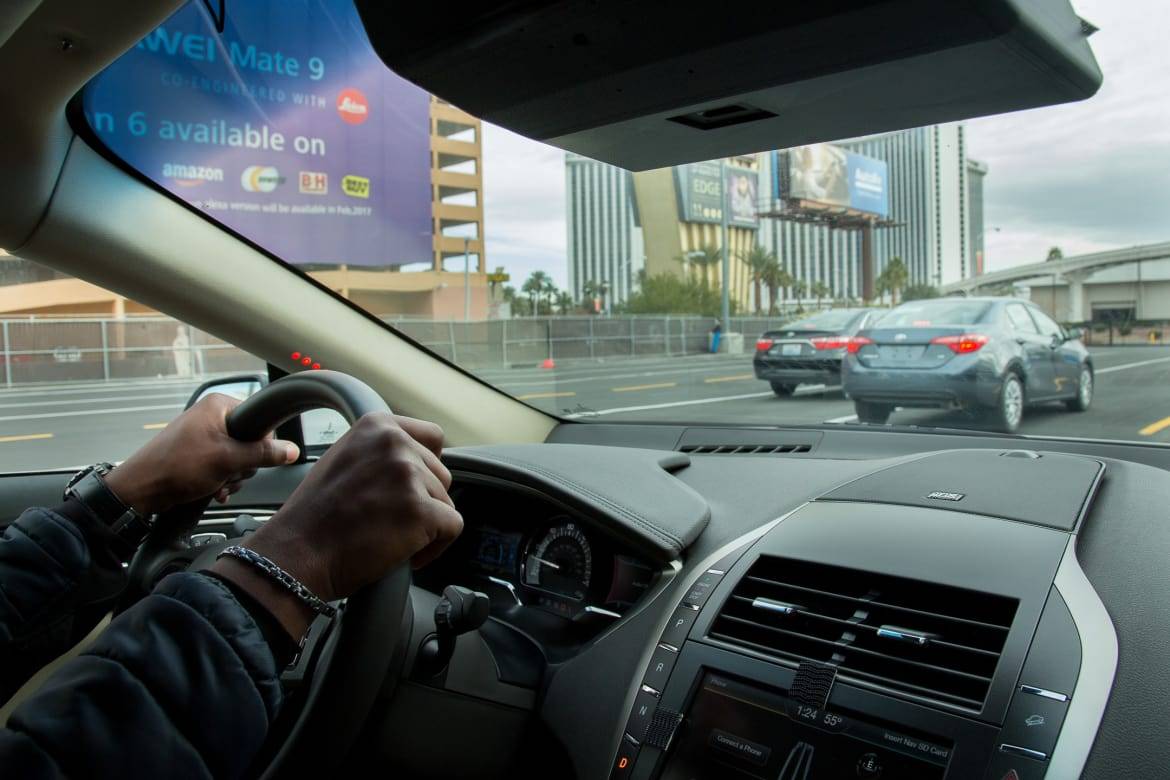
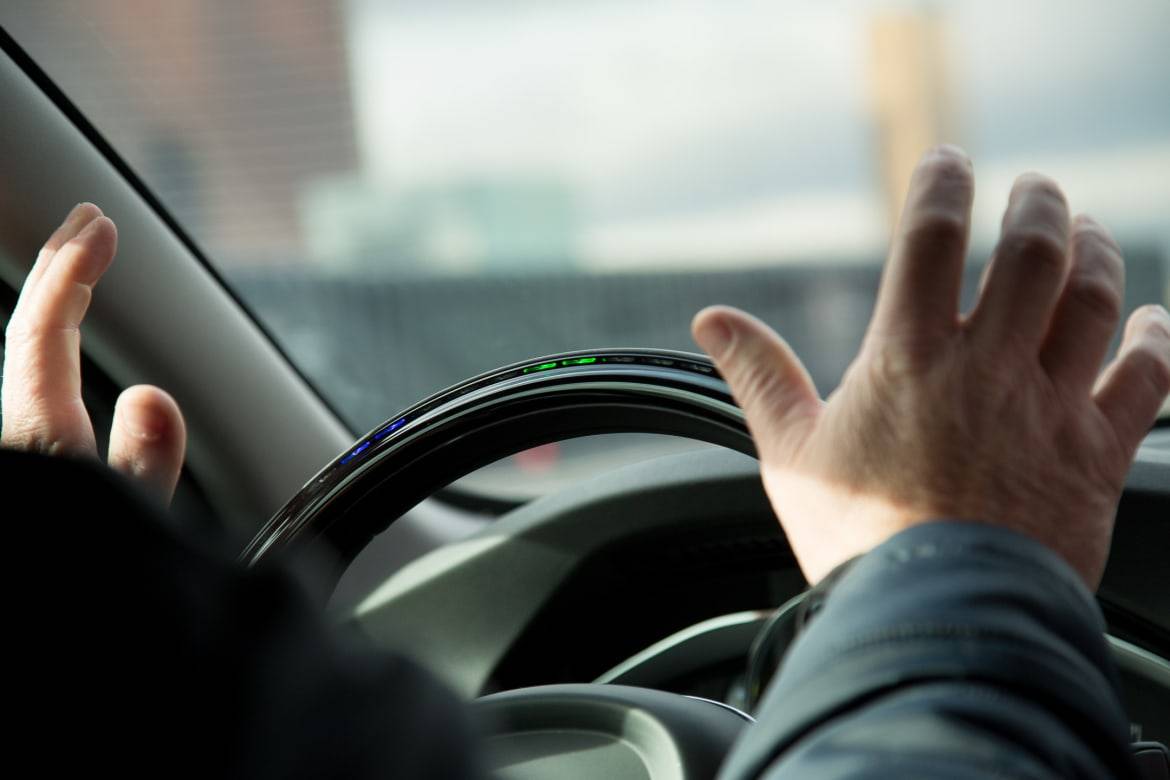
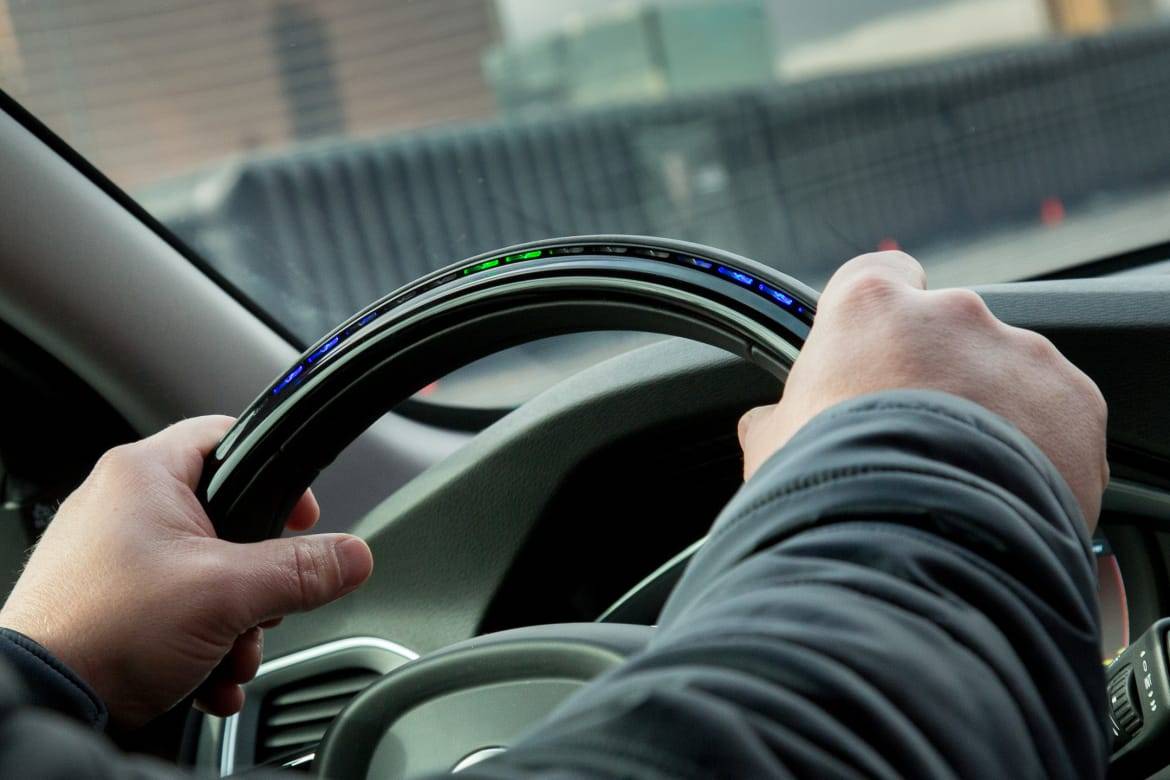














Former L.A. Bureau Chief Brian Wong is a California native with a soft spot for convertibles and free parking.
Featured stories

















